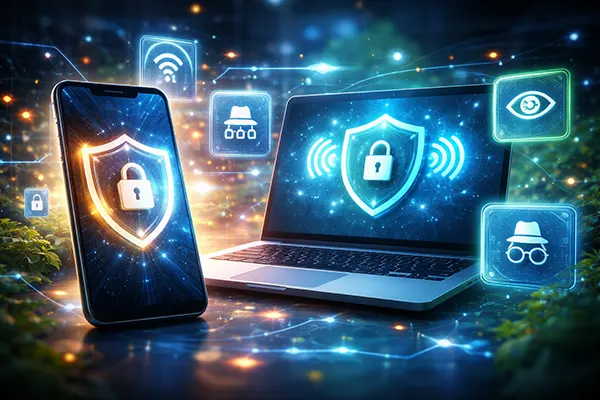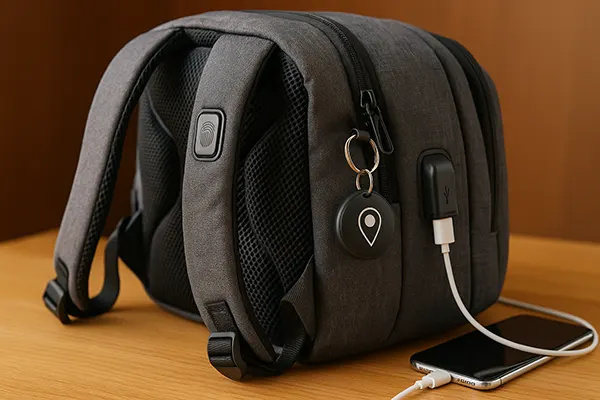Controlling Your PC from Your Phone: An In-Depth Guide

In today’s digital age, the ability to control your PC from your phone has become increasingly relevant and useful. This technology, rooted in the evolution of remote access and mobile computing, allows users to manage their desktops or laptops from virtually anywhere. Let’s explore the history, functionality, usage, purposes, applications, and potential issues of this transformative tech.
History and Evolution of Remote PC Control Technology
The concept of remote access to computers dates back to the early days of networking. Initially, this technology was limited to large organizations and required complex setups. The first notable step was the development of remote desktop protocols in the late 1990s, allowing users to access their desktop environments over a network connection. As internet speeds increased and mobile devices became more powerful, the idea of controlling a PC from a phone started to take shape.
In the early 2000s, software like VNC (Virtual Network Computing) emerged, providing a way to remotely control a computer. However, it was not until the advent of smartphones and apps designed for remote access that this technology became widely accessible. Apps like TeamViewer, Splashtop, and Microsoft’s Remote Desktop revolutionized the way we interact with our computers, enabling seamless control from the palm of our hands.
How Remote PC Control Works
Remote PC control technology functions through a combination of software and network protocols. The process generally involves installing a client application on your phone and a corresponding server application on the PC you wish to control. These applications communicate over the internet or a local network, transmitting screen updates, keystrokes, and mouse movements between the devices.
Security is a crucial aspect of this technology. Most remote control applications use encryption protocols to ensure that data transmitted between devices is secure. Additionally, two-factor authentication and secure login methods are often employed to prevent unauthorized access. This setup allows users to perform tasks on their PC as if they were physically present, all through the interface of their mobile device.
How to Use Remote PC Control
Using remote PC control is straightforward. First, download and install a remote desktop app on both your phone and PC. Common options include TeamViewer, Microsoft Remote Desktop, and AnyDesk. After installation, configure the settings to establish a connection between your devices. Typically, this involves creating an account, logging in on both devices, and entering a unique access code provided by the server application on your PC. Once connected, you can control your PC directly from your phone, using touch gestures to navigate and interact with your desktop environment.
Purpose of Remote PC Control
The applications of remote PC control are vast and varied, offering numerous benefits for both personal and professional use. For instance, remote control allows employees to access their work computers from home or while traveling, increasing productivity and flexibility. IT professionals can troubleshoot and resolve issues on clients’ computers without needing to be physically present. Users can retrieve files and documents stored on their PC, eliminating the need to carry multiple devices or storage media. Additionally, simple tasks like starting a download, running updates, or accessing software that is not available on mobile devices become effortless with remote control.

Popular Applications for Remote PC Control
Several applications dominate the remote PC control landscape, each offering unique features and advantages. TeamViewer is known for its ease of use and robust security features, making it a popular choice for both personal and professional use. Microsoft Remote Desktop, integrated with Windows, provides a seamless experience for controlling Windows PCs, especially in corporate environments. AnyDesk, praised for its low latency and high performance, is ideal for users requiring a fast and reliable remote control solution.
Challenges and Considerations
Despite its benefits, remote PC control technology is not without challenges. Ensuring secure connections is paramount to prevent unauthorized access and data breaches. A stable internet connection is essential for smooth operation, as poor network conditions can lead to lag and disconnections. Additionally, some remote control applications may not work seamlessly across different operating systems or hardware configurations. By understanding these challenges and choosing the right tools, users can effectively leverage remote PC control technology to enhance their digital experience.




